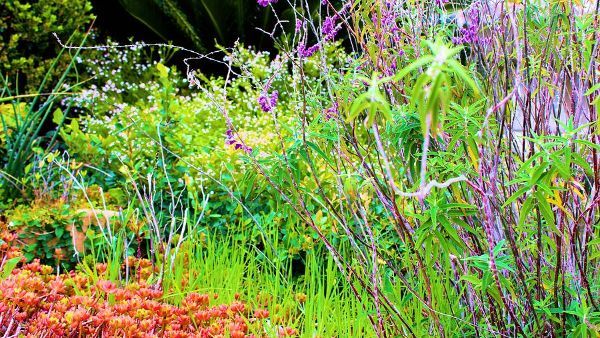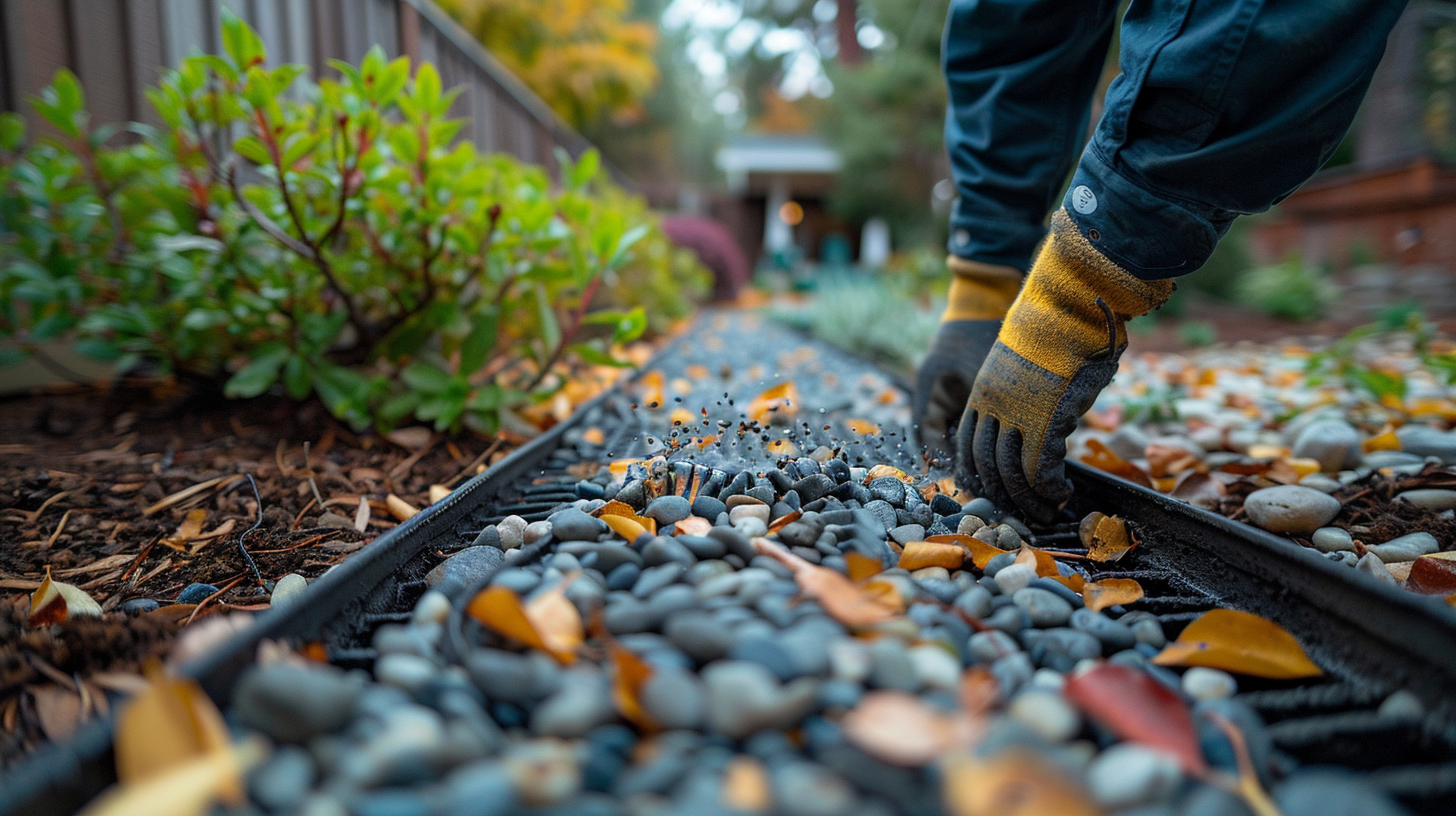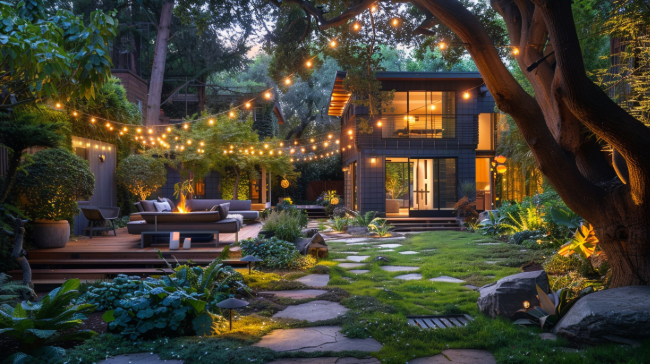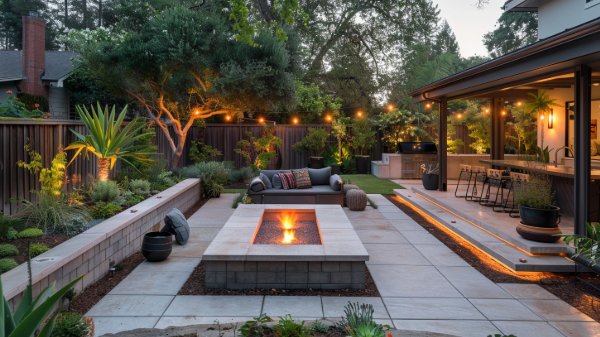Features and Benefits of Drought-Tolerant Landscaping

The Impact Drought-Tolerant Landscaping Can Make
Droughts are common in California and many other states. Fortunately, drought-tolerant landscaping can be visually stunning and eco-friendly while helping with fire prevention. Features include plants requiring minimal water and hardscape items that cut down on the need to water the landscape. Talk with a landscaping contractor today about transforming your yard.
The Impact Drought-Tolerant Landscaping Can Make
Watering lawns and other types of landscape irrigation account for about 30% to 60% of residential water use in many places, although it can get as high as 90% in particularly arid locales. Drought-friendly yards can cut water use drastically and reduce the effects of drought.
Of course, there is no single “style” of drought-tolerant landscaping. Rock gardens or succulents are just two of the numerous possible features. Many plants can tolerate drought reasonably well, so if you'd like flowering perennials, shrubs, trees, or grasses in your yard, you can make it work. You can also configure your lawn to be extra fire-smart with fire-resistant plants and features.
Pros of Converting Your Yard From Water-Intensive to Drought-Tolerant
The advantages of transforming your yard with a landscaping contractor go beyond the water savings.
- Fewer pollutants enter local waterways.
- You spend less time and money watering your yard and struggling with plants that die often.
- Rebates can make it more affordable to switch to drought-friendly landscapes.
- Your local ecosystem may thrive since the landscape features native species that love low-water conditions.
- You can save money on energy bills with canopy trees that provide shade.
What Your Landscape Might Look Like
Drought-tolerant lawns come in many variations. That said, a key feature is just a little lawn or no lawn.
No Lawn
The typical lawn needs a lot of irrigation to stay green and sparkling. That is not realistic or budget-conscious in many areas of California. Nor is it eco-friendly, thanks to pesticides, fertilizers, and other tools that keep the lawn spic and span. If you need grass for functional reasons (such as children playing in the yard), opt for only the minimum required.
Sedum and creeping thyme are beautiful alternatives to grass. Gravel and artificial turf can come in useful, too. A landscaping contractor can develop designs for you.
Trees
You can absolutely have canopy trees in your drought-tolerant yard. They're great for keeping your soil moist and your yard and house cool. Light-colored materials such as paving stones also keep temperatures cooler on the ground. You don't want too many (if any) dark materials since they absorb heat.
Permeable Surfaces
It's important for your yard to have permeable surfaces such as mulch, stone beds, or gravel patios where groundwater reserves can accumulate. These reserves help plants flourish through dry times. Another reason to have trees: Their roots increase how quickly water soaks into the ground.
Groundcover
Groundcover plants are great, too. They offer soil-enriching roots and help with absorbing surface water runoff. The plants can also be a habitat for some animal and bug species.
Irrigation
If you have an irrigation system, high-efficiency drip irrigation is probably best. Check it occasionally to make sure it’s not leaking.
To minimize the amount of water lost to evaporation, try to irrigate at the end of the day. Using a weather sensor in your system can help you save even more water since the irrigation system won’t water in, say, a rainstorm.
Key Facts To Know
It helps to understand a few definitions before you talk with a landscaping contractor. For example, drought-tolerant is not the same as drought-resistant. Also, xeriscaping may be a word you’ve heard in your research. Denver Water created this approach to landscape design in the 1980s. It’s basically another word for drought-tolerant landscaping.
Plants that are drought-tolerant remain happy and thrive in drought conditions. California has many such plants that have evolved to do well in conditions where other plants would not have a chance.
Drought-resistant plants have even more endurance and do not need water at all for long periods. Juniper, a perennial, and agave, a succulent, are examples.
Your landscape may eventually end up with some climate-adapted plants. They hail from other areas of the world with similar conditions to where you live. In dry California, many plants from the Mediterranean, Chile, South Africa, and Australia flourish.
There are many ways to get smart and creative with landscaping.
Contact us at Canepa Landscaping today for details.




